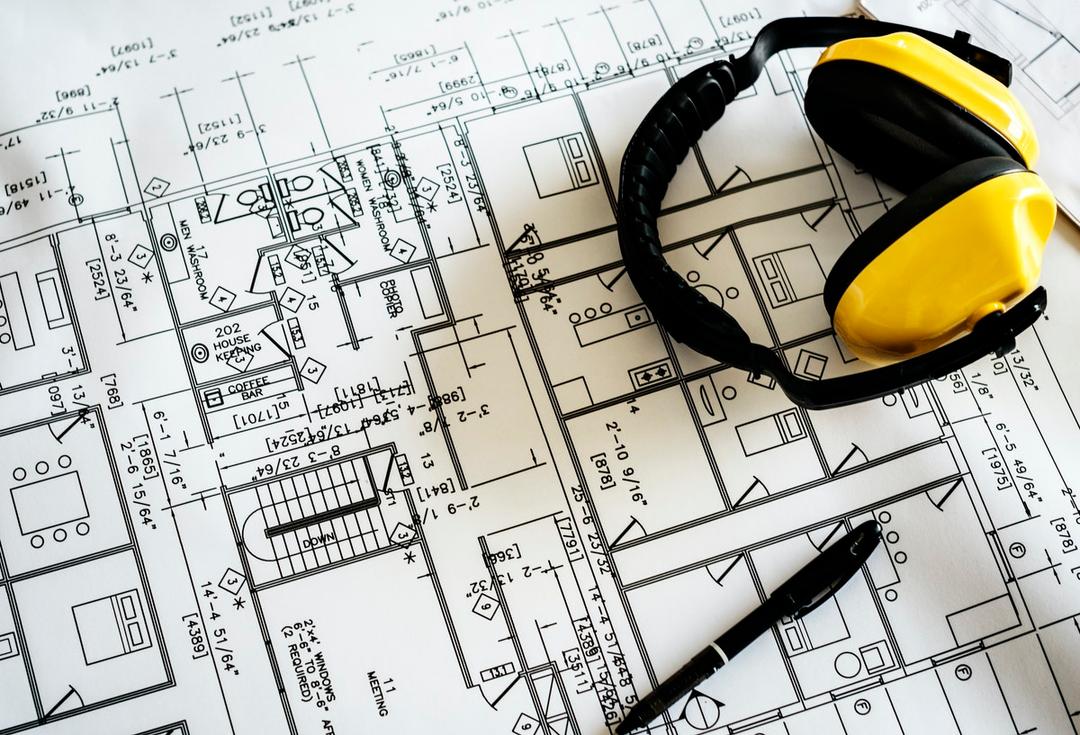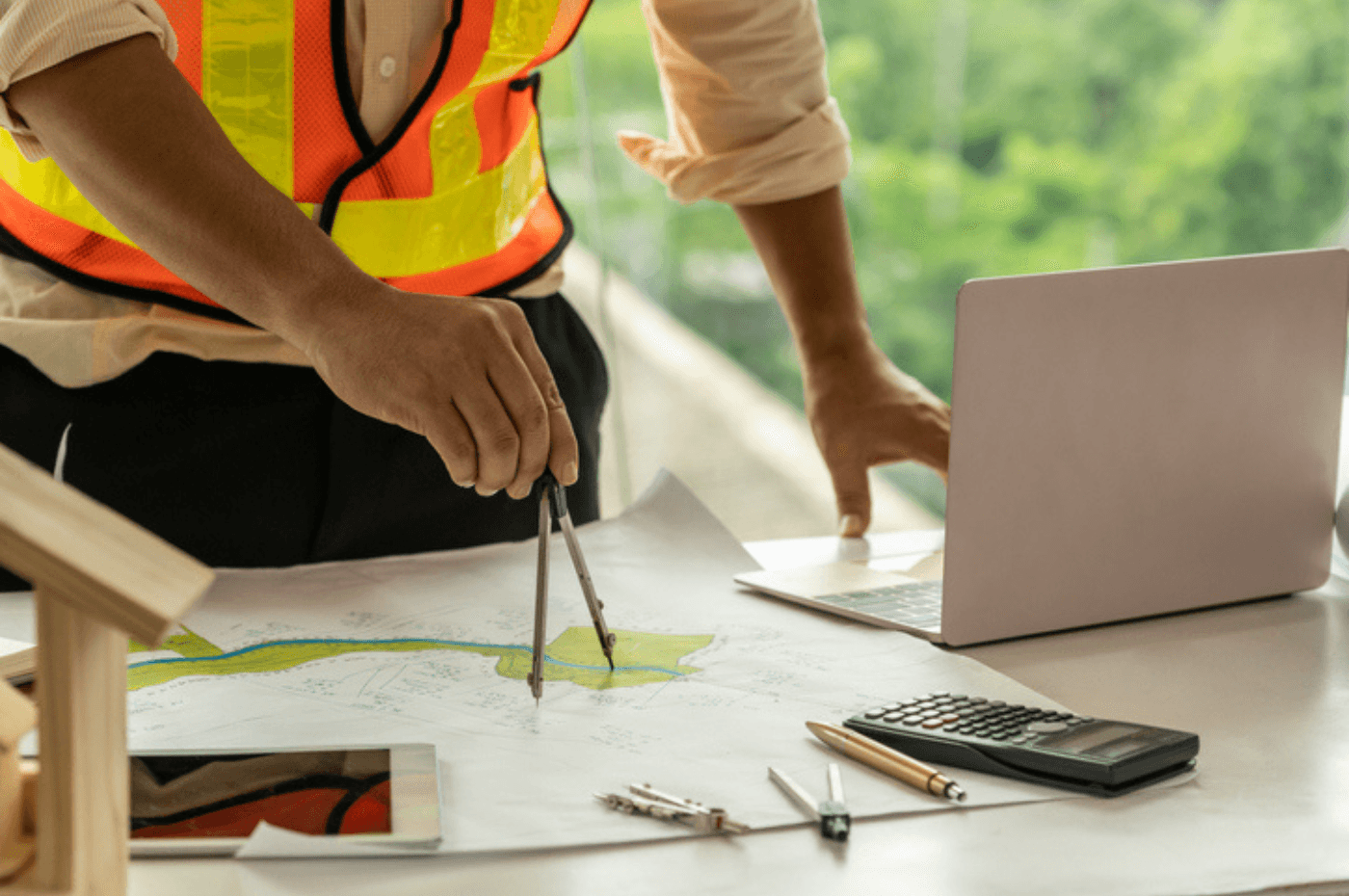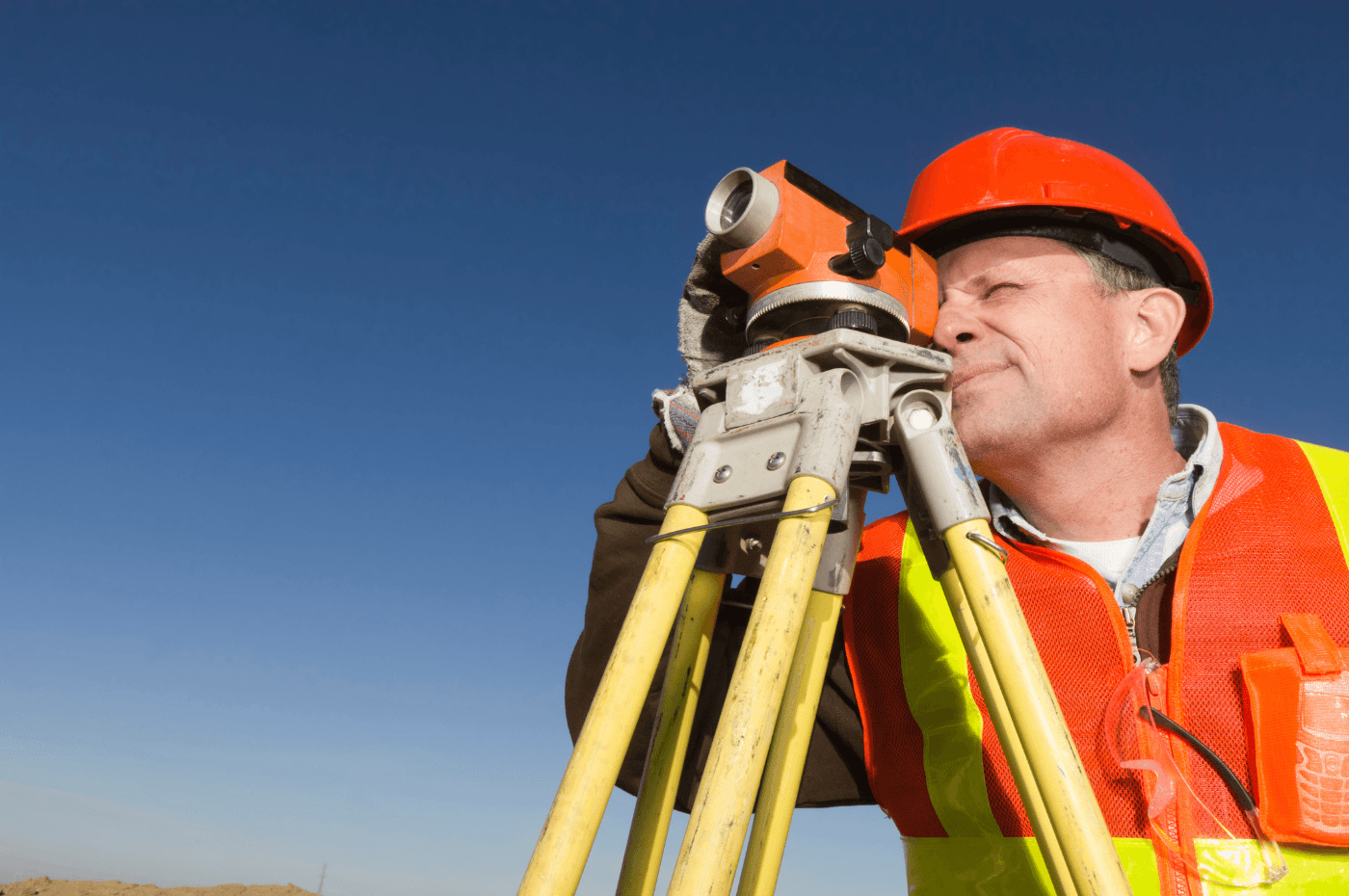Condominium ownership is a unique form of property ownership with many regulations and specifics. Due to its complexity, it often requires the involvement of professionals such as licensed appraiser and land surveyors.
While their importance is widely recognized in traditional real estate projects, the role of the land surveyor in condominiums is sometimes overlooked. However, they play a crucial role in various situations related to condominiums. Let’s dive in.
-
The land surveyor creates the cadastral plan when a divided condominium is established.
There are two types of condominiums: divided or undivided. The key difference between them lies in the physical division of the building.
In undivided ownership, the property is not physically separated into distinct parts, while in a divided condominium, there are private parts and common areas. The private parts typically correspond to the individual apartments of each co-owner, while the common areas include spaces like the land, parking lots, recreational rooms, and other shared sections.
A condominium can be established during new construction or within an existing building. In both cases, the land surveyor must be involved in the creation of a divided condominium. They are responsible for designing the cadastral plan and registering it with the Quebec Land Registry. Depending on the building’s layout, the cadastral plan may be horizontal (for contiguous lots) or vertical (for stacked lots).

To create the cadastral plan, the land surveyor must:
- Divide the building.
- Identify each lot number.
- Segment the property into common and private areas.
- Specify the dimensions, shape, area, and position of each part in relation to the others.
In the case of a residential tower, the land surveyor can’t register the private and common areas until the building’s structural framework is sufficiently developed. Once the structure allows for it, the surveyor can proceed with measuring the areas, defining boundaries, and completing the cadastral operation.
Afterward, an initial certificate of location will be issued for the building.
-
The land surveyor provides the certificate of location during the condominium transaction
Just like in the sale of a house, a land surveyor’s expertise is required for real estate transactions involving a condominium. A valid certificate of location is essential when selling a condominium, and since only the land surveyor is authorized to produce it, their involvement is necessary in most condominium real estate transactions.
The certificate of location consists of a written report and a plan, providing important details about the property. The land surveyor offers the options on the property’s status in relation to cadastral records, property titles, and any regulations that may affect it.

This certificate is a valuable tool for both the buyer and the seller, as it verifies that the property is in accordance with its expected condition. By reviewing it, the potential buyer can learn details such as the size of the property and any possible encroachments. In the case of a condominium, these encroachments can occur on either the private or common areas of the building.
For certificates of location prepared for the private part of a divided condominium, the Ordre des arpenteurs-géomètres du Québec requires that the document be abbreviated. This version contains less information, particularly about encroachments and zoning, as it is meant to be used alongside the certificate of location for the entire building.
-
The land surveyor intervenes after construction or renovation on a condominium
Just like any other type of property, improvements or repairs can be made in a condominium. However, unlike a single-family home, it is important to remember that if the work affects any common areas of the building, all co-owners must agree on the renovations before any modification can begin.

Obviously, a land surveyor is not needed for simple cosmetic work. However, if the renovations are substantial, such as expanding the building, adding a floor, or demolishing the wall in a private of common area, a surveyor must be contacted after the work is completed.
Once significant work is finished, it is essential to update the certificate of location to accurately reflect the current state of the condominium. This ensures that a record of the changes is maintained. In the case of a sale, having an up-to-date certificate of location that reflects the latest modifications informs potential buyers and helps prevent delays in the transaction.
Are you looking to have a co-ownership property surveyed?
XpertSource.com can help you find a land surveyor. When you tell us about your project, we put you in touch with qualified resources for FREE. Simply fill out our form ( it only takes a few minutes ) and we will connect you with professionals.





